Preserving butterflies with The Florida Museum of Natural History
Using the Conservation Standards to improve conservation practice with butterflies
by Florida Museum of Natural History
The Florida Museum of Natural History, located at the University of Florida in Gainesville, Florida, is dedicated to investigating, documenting, and interpreting biological and cultural heritage, fostering deep connections between people and the natural world through inspirational education and outreach. Of the many research centers that make up the museum, the McGuire Center for Lepidoptera and Biodiversity represents the largest collections-based research and education center in the world focused on butterflies and moths. The collections are taxonomically comprehensive and contain more than 10 million specimens, which are widely used by an ever-growing global community of students and scientists. The Center documents past and present patterns of biological diversity and forms the basis for research ranging from climate change and emerging agricultural pests, to evolution and biodiversity conservation.
Curator Jaret Daniels, a Conservation Standards practitioner primarily applying the Standards to his work with butterflies, collaborates with a global team on a lot of smaller projects focused on research, restoration, and public education. Using the Standards allows him to balance the goals and diversity of stakeholders across many of these projects.
“The Conservation Standards were particularly useful for us because they really sort of set a baseline of developing and planning out projects, and this really enabled us to set key goals, key objectives, set timelines, and communicate more effectively with our partners about the progress and status of individual projects. – Jaret Daniels
In addition, Jaret and his team uses Miradi, a software based planning tool available here, as a way to help set individual goals for individual projects across Florida and California.
The Daniels Lab flagship species
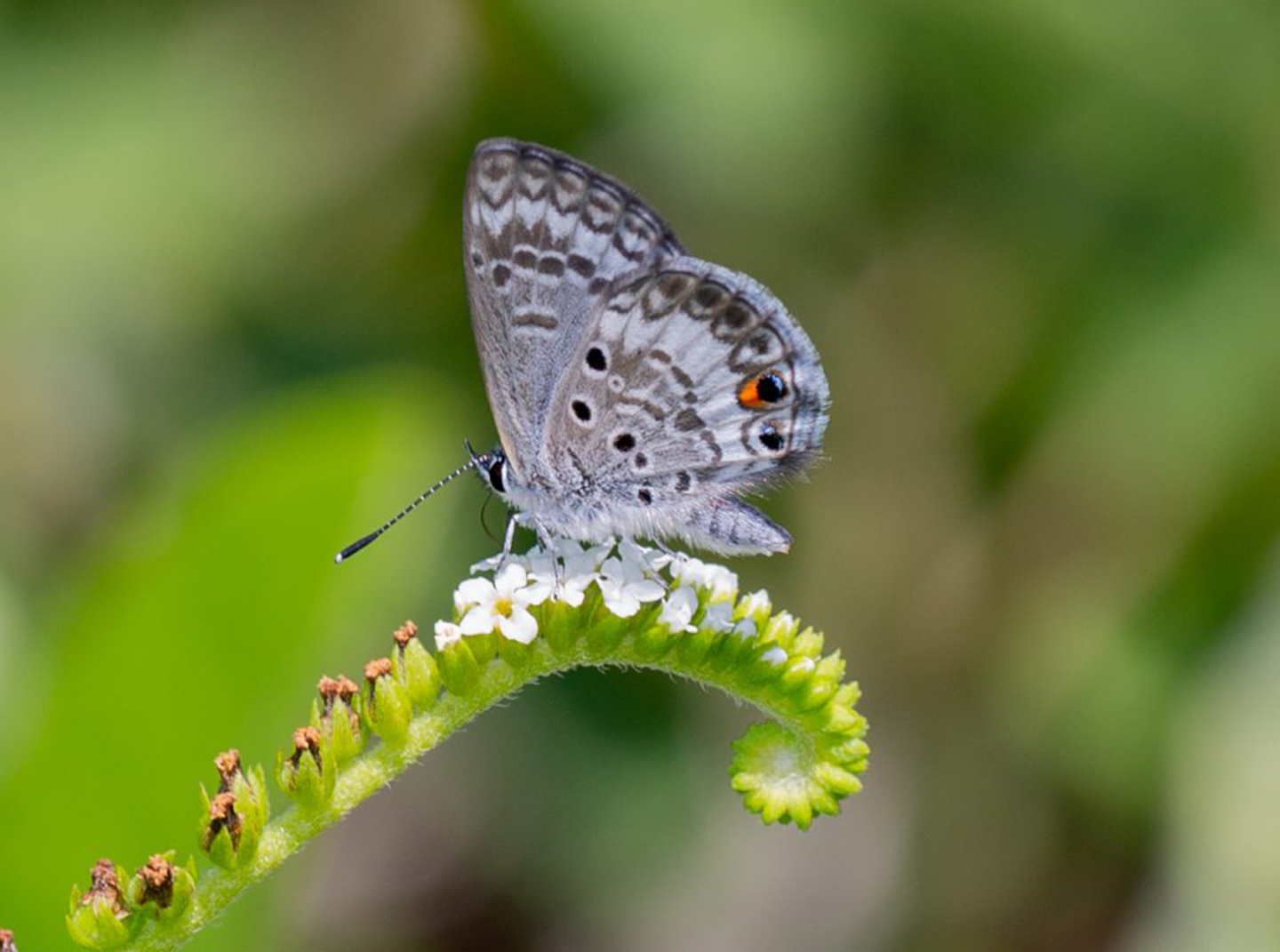
Once common throughout coastal southern Florida, the Miami blue butterfly now ranks among North America’s rarest insects. Florida Museum of Natural History researchers are leading collaborative conservation and recovery efforts for Miami blue butterflies by monitoring wild populations, breeding the butterfly in the laboratory and closely studying its ecology to learn how to effectively re-establish it in the wild.
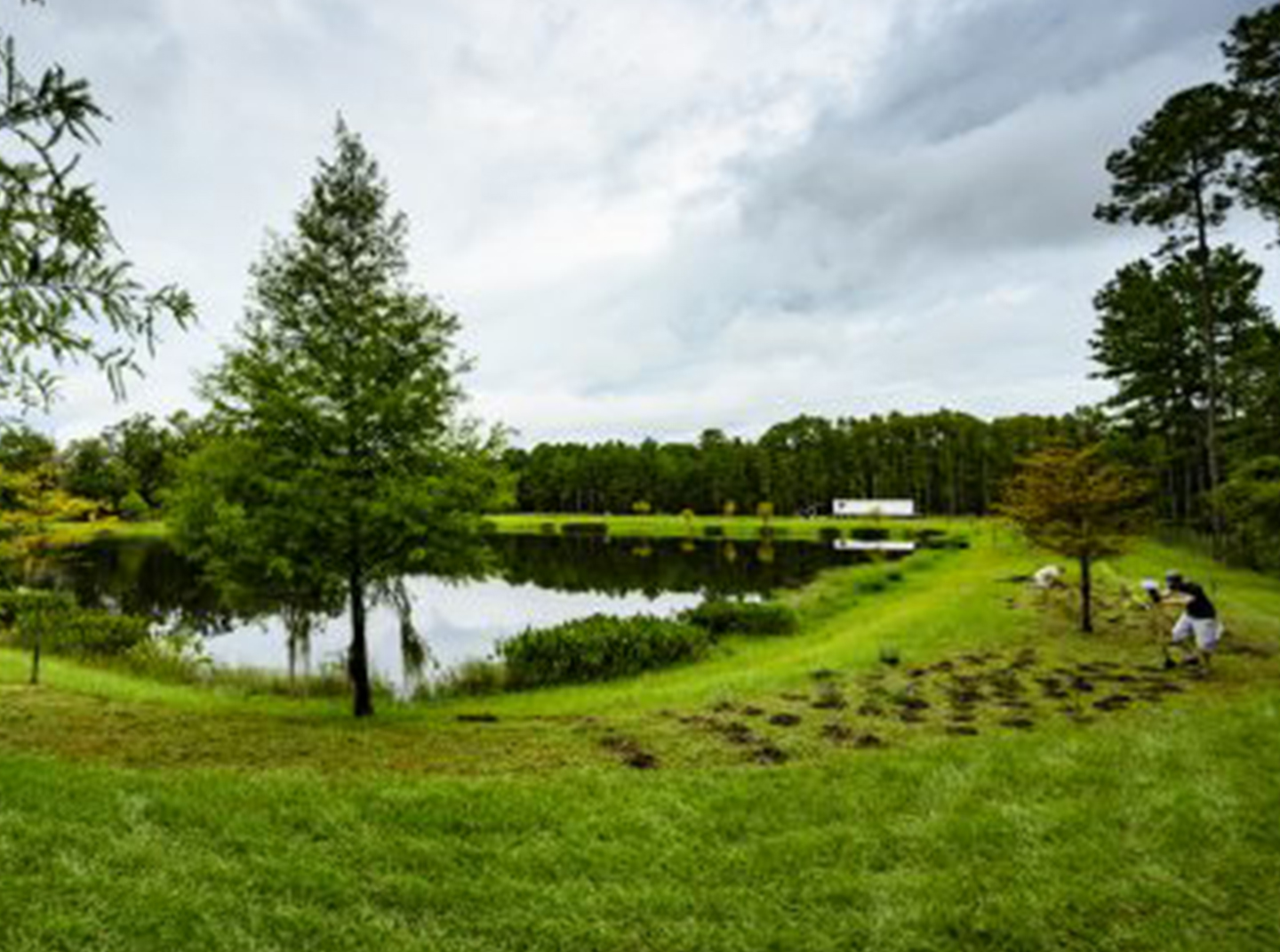
During spring and summer, monarchs breed throughout the U.S. and southern Canada. The Daniels Lab is involved with a diverse set of research, conservation, and outreach programs focused on monarchs and milkweeds in Florida.
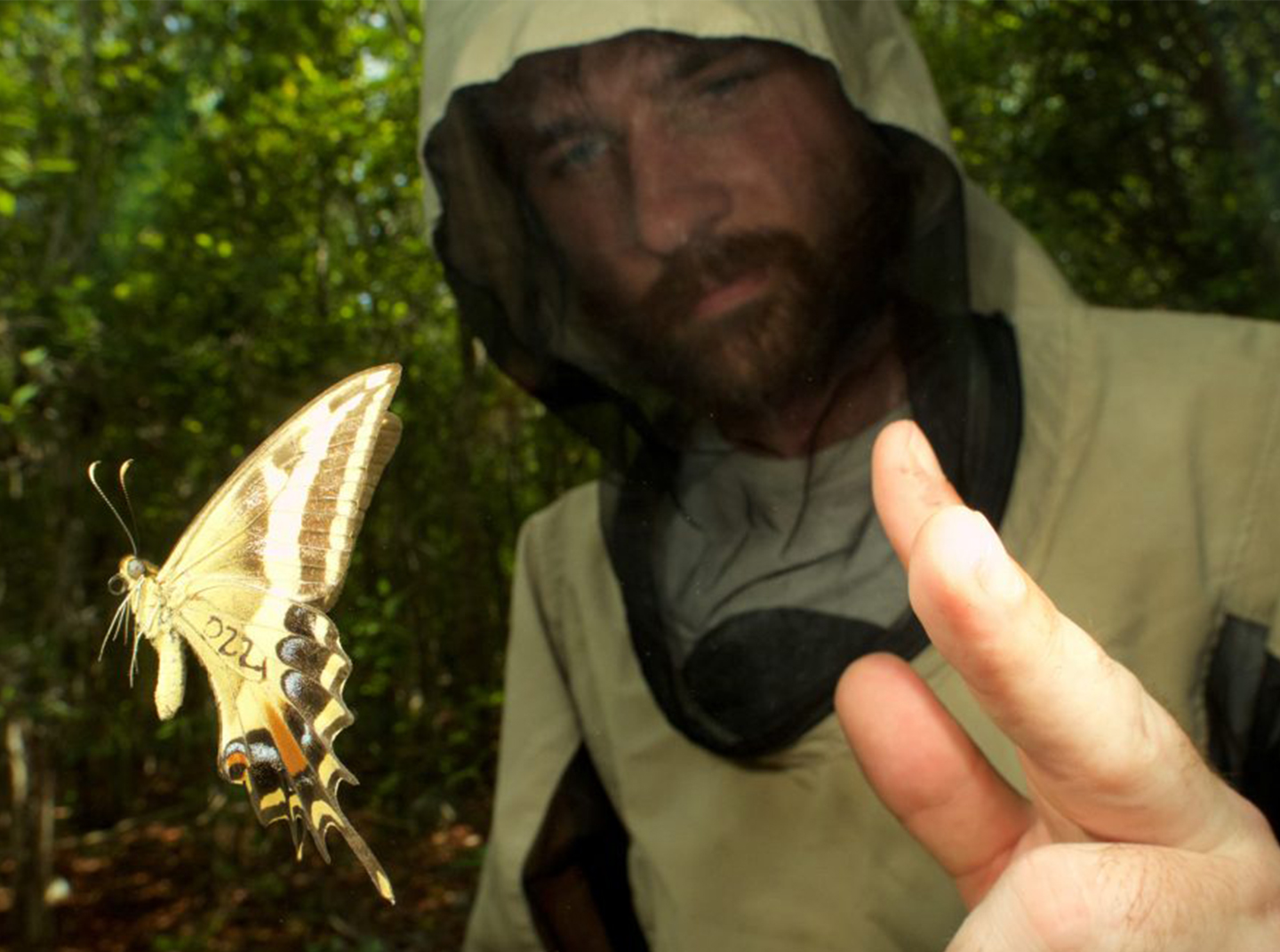
This critically endangered butterfly is a large, iconic butterfly found in South Florida. Habitat loss and fragmentation over the past century have led to severe population declines and range reductions Collaborative conservation and recovery efforts are underway for the Schaus’ Swallowtail and include regular population monitoring, captive breeding, organism reintroduction and habitat restoration.
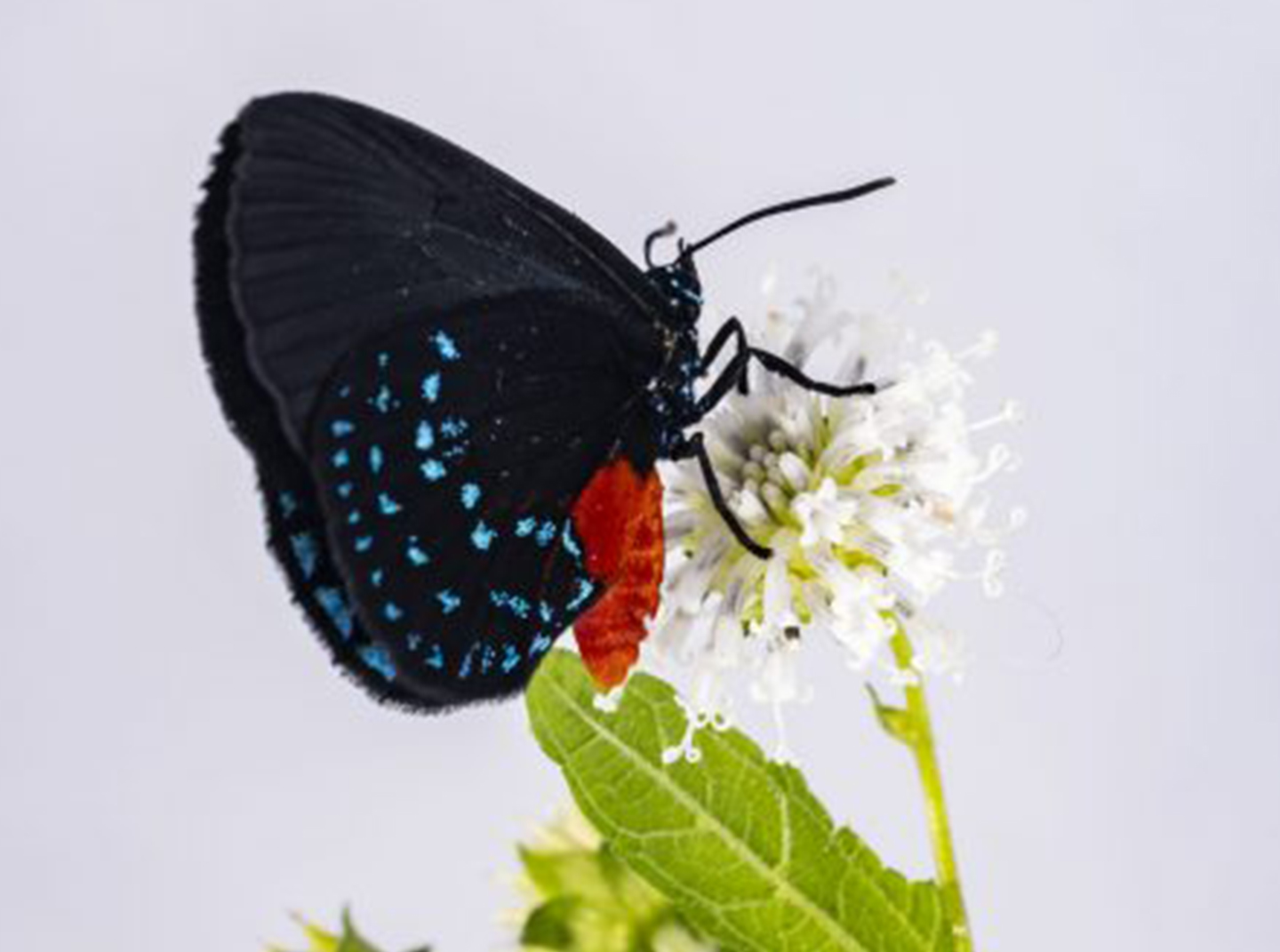
This small, velvety-black, tailless hairstreak butterfly is found in southeastern Florida. The Atala was nearly eliminated from the state due to overharvesting of its only native larval host plant, Coontie (Zamia integrifolia), for starch production by early settlers.
* Photos from UF
More about the McGuire Center for Lepidoptera and Biodiversity
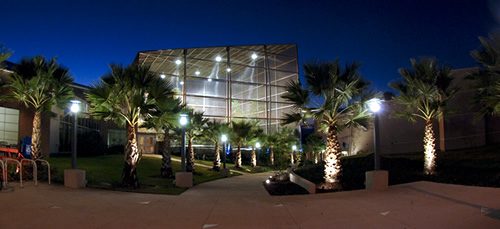
The Center houses a large visitor gallery with public-facing laboratories and the Butterfly Rainforest, a flagship exhibit that showcases hundreds of free-flying butterflies from around the globe in a truly immersive nature experience.
Download CS
The Conservation Standards is the product of inputs, field tests, and discussions among members of the Conservation Measures Partnership (CMP), which has final editorial authority over the Conservation Standards. Substantial input was also provided by members of the Conservation Coaches Network (CCNet) and other CMP partners.
Photo Credit: Felix Cybulla
Support CS
The biodiversity conservation community is tackling large, complex, and urgent environmental problems where the stakes are high. However, we don’t have a fully functional system to assess the effectiveness of our actions. Without more rigorous measurement of effectiveness and disciplined recording of our efforts, we cannot know or demonstrate that we are achieving desired results.
Photo Credit: Felix Cybulla
Our Collaborators
Every organization, agency, project, and individual has its own preferred set of terms. There is no right answer – the most important thing is that the members of your project team and the people with whom you work have a clear and common understanding of whatever terms you choose to use.
Photo Credit: Chris Scarffe
Contact Us
To inquire about supporting Conservation Standards (CS) or for general inquiries, please contact us at CMPinfo@ConservationMeasures.org
Photo Credit: Nature Conservancy of Canada
